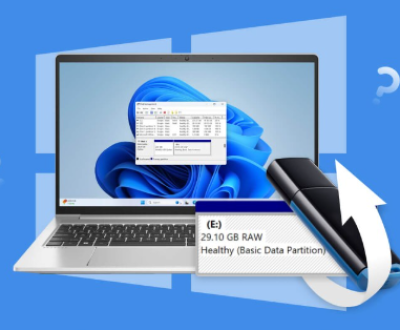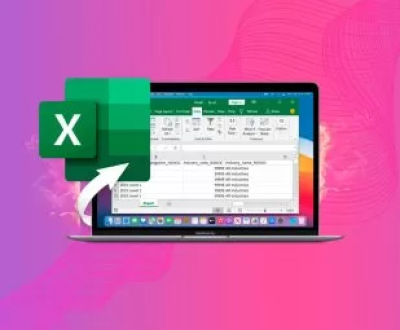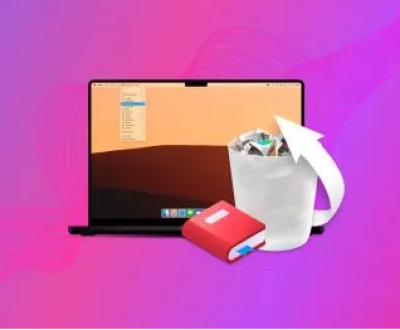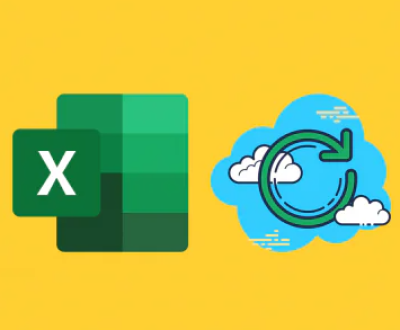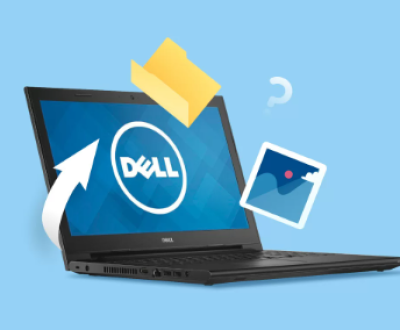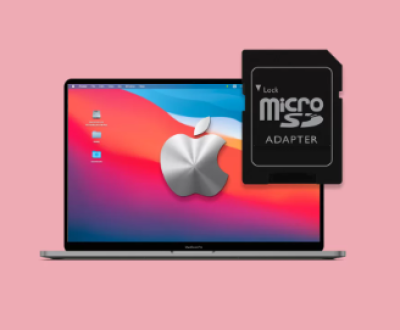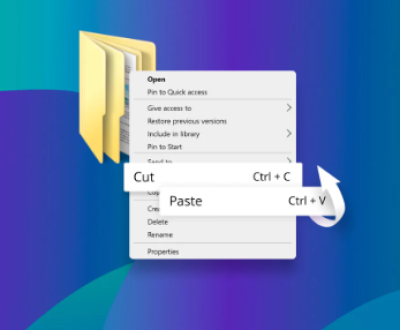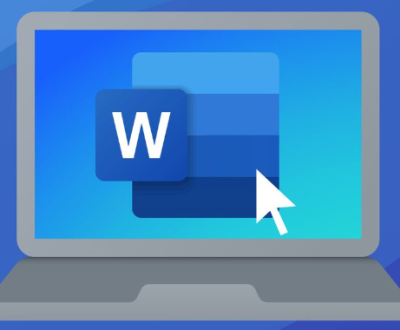Allocating unallocated space to a USB drive involves using a disk management tool to format the unallocated space and assign it a file system.
In the world of data storage, USB drives are incredibly useful for transporting files, backing up important documents, and even booting operating systems. Sometimes, when you connect a USB drive to your computer, you might find that part of the storage space is unallocated. Unallocated space is simply storage that hasn’t been assigned a partition or file system, making it unusable for storing data.
1. What Is Unallocated Space on a USB Drive?
Unallocated space refers to a portion of a storage device (like a USB drive, hard drive, or SSD) that has no partition and thus is not assigned any specific task, such as data storage or booting an operating system. It’s simply space on the disk that has not yet been formatted or assigned a file system.

The presence of unallocated space on your USB drive can happen for several reasons:
Deletion of a partition: If a partition was accidentally deleted, the space it occupied will show up as unallocated.
Faulty USB formatting: If the USB drive was not formatted properly, it may contain unallocated space.
Merging partitions: Sometimes, users attempt to combine partitions, leaving some portions of the drive unallocated.
Corruption: Partition corruption or issues with the file system may cause unallocated space.
Without allocation and formatting, the unallocated space on a USB drive cannot be used to store files, which is why it’s important to allocate it before you can use it effectively.
2. Why Allocate Unallocated Space?
Allocating unallocated space to a USB drive can serve several purposes:
Maximizing Storage: Unallocated space represents unused capacity. By allocating it, you ensure that your USB drive is as large as possible for storing data.
File Organization: After allocation, you can organize your data better by setting up multiple partitions on the drive, depending on your needs (e.g., one partition for files, another for booting).
Improved Performance: An unallocated USB drive might not be recognized correctly by your system, whereas once it’s allocated, it will function properly with the file system.
Data Management: If your USB drive is unallocated due to previous data loss or partition errors, allocating the unallocated space can help restore full functionality.
3. How to Allocate Unallocated Space on a USB Drive Using Disk Management (Windows)
The simplest way to allocate unallocated space on a USB drive is through the built-in Disk Management tool in Windows. This tool allows you to create, delete, extend, and shrink partitions, as well as format drives.
Here’s how to allocate unallocated space using Disk Management:
Step 1: Open Disk Management
Press Windows + X and select Disk Management from the menu that appears. Alternatively, you can search for “Disk Management” in the Start Menu.
The Disk Management window will open, showing all connected disks, including your USB drive.
Step 2: Locate the USB Drive
In the Disk Management window, you will see all the available storage devices and their partitions listed.
Identify your USB drive by looking at its size, as well as the “Unallocated” label next to it. Unallocated space will be labeled as such in the graph at the bottom of the window.
The USB drive will typically be listed as “Disk X” (e.g., Disk 1. Disk 2), and it should show up with a portion marked as “Unallocated.”
Step 3: Create a New Partition
Right-click on the unallocated space and select New Simple Volume.
The New Simple Volume Wizard will appear. Click Next to proceed.
Step 4: Specify the Volume Size
You’ll be asked to specify the size of the new partition. You can either use the entire unallocated space or create a smaller partition if needed. For example, if your USB drive has 64GB of space and 32GB is unallocated, you can create a 32GB partition or use all of it.
Once you’ve selected the size, click Next.
Step 5: Assign a Drive Letter
You will be prompted to assign a drive letter to the new partition. Choose a letter that is not already assigned to another device on your system (e.g., E:, F:, etc.), and then click Next.
Step 6: Format the Partition
In the next window, you’ll be asked to format the new partition. Choose NTFS (for Windows compatibility) or exFAT (if you plan to use the USB drive on both Windows and macOS).
Optionally, you can give the volume a label (e.g., “USB Drive”).
Ensure that the Quick Format box is checked (unless you want a full format, which will take longer).
Click Next, then Finish.
Step 7: Verify the Allocation
Your new partition will now be formatted and assigned a drive letter. You should see it listed in Disk Management as a formatted partition.
Go to This PC in File Explorer to check that the USB drive is now accessible and usable.
4. Method 2: Using Command Prompt (Diskpart)
For advanced users who prefer using the command line, the diskpart utility in Windows provides a powerful way to manage disk partitions, including allocating unallocated space.
Step 1: Open Command Prompt as Administrator
Press Windows + X and choose Command Prompt (Admin) from the menu. Alternatively, search for “Command Prompt,” right-click it, and select Run as administrator.
Step 2: Launch Diskpart
Type diskpart and press Enter. The Diskpart utility will open.
Step 3: List Disks
Type list disk and press Enter to see all the connected disks.
Step 4: Select the USB Drive
Identify the disk number of your USB drive. Type select disk X, where X is the disk number for your USB drive, and press Enter.
Step 5: Create a Partition
Type create partition primary and press Enter to create a primary partition on the unallocated space.
Step 6: Format the Partition
After creating the partition, type format fs=ntfs quick to format the partition with the NTFS file system.
Step 7: Assign a Drive Letter
Type assign letter=E, replacing “E” with your preferred drive letter, and press Enter.
Step 8: Exit Diskpart
Type exit to close the Diskpart utility and then close the Command Prompt window.
Your USB drive should now be formatted and ready to use.
5. Method 3: Using Third-Party Disk Management Tools
If you’re looking for more advanced features or a simpler interface, third-party tools like EaseUS Partition Master, AOMEI Partition Assistant, or MiniTool Partition Wizard can help you allocate unallocated space with more options.
Step 1: Install the Tool
Download and install the partition management software of your choice.
Step 2: Open the Software
Launch the application and locate your USB drive in the list of available disks.
Step 3: Allocate Unallocated Space
Select the unallocated space and follow the software’s prompts to create a new partition, format it, and assign a drive letter.
6. Common Issues and Troubleshooting
While allocating unallocated space is typically straightforward, some issues might arise:
Drive Not Recognized: If your USB drive isn’t recognized in Disk Management, try reconnecting it or using a different USB port.
Partitioning Errors: If you encounter errors during the partition process, check the drive for physical damage or run a disk check to detect issues.
About us and this blog
Panda Assistant is built on the latest data recovery algorithms, ensuring that no file is too damaged, too lost, or too corrupted to be recovered.
Request a free quote
We believe that data recovery shouldn’t be a daunting task. That’s why we’ve designed Panda Assistant to be as easy to use as it is powerful. With a few clicks, you can initiate a scan, preview recoverable files, and restore your data all within a matter of minutes.
Subscribe to our newsletter!
More from our blog
See all postsRecent Posts
- Retrieve files from usb 2025-07-04
- How to retrieve overwritten excel file 2025-07-04
- How to retrieve lost files on sd card 2025-07-04

 Try lt Free
Try lt Free Recovery success rate of up to
Recovery success rate of up to

